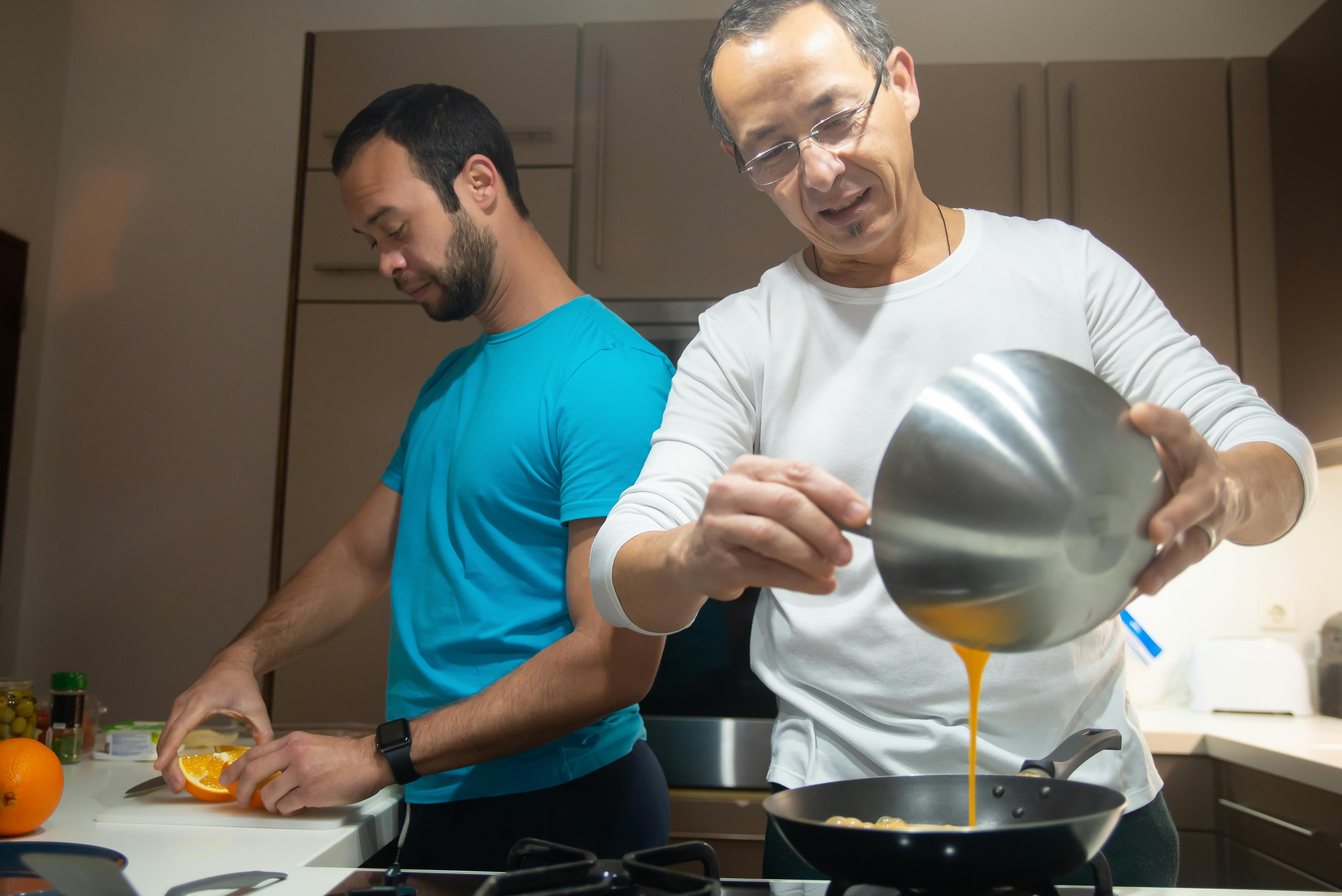
Many newcomers to Indian food and cooking have ancient thoughts (read myths) about Indian food. In the following article, learn the facts and background of some myths and some truths about Indian food.
All Indian food is spicy.
Although Indian cuisine is hot and spicy compared to European or Western cuisine, there are many regions in India where the food is mild, even sweet. If you want to try something less spicy, try some Gujarati dishes.
Gujarati cuisine has a touch of sweetness in almost all of its dishes. Traditional South Indian cuisine (except Andhra Pradesh) is generally less spicy than other regions of India. Kashmiri cuisine also incorporates sweet dishes in its menu. So when someone tells you that Indian cuisine is spicy, don’t believe them at all.
Indian food is only vegetarian.
This is partially true. Hindus, being the majority community in India, are mostly vegetarians. However, there are so many different sub-sects with the Hindu religion, many of which follow their own dietary practices.
Contrary to popular belief, many Indians eat meat and also cook it well. Chicken dishes are perhaps the most popular meat in India. The cow is considered a sacred animal and is avoided by Hindus, although Muslims and Christians eat beef. Seafood is also popular in coastal regions like Goa, Mangalore, Kerala, West Bengal and others.
There is no variety in Indian cuisine.
Many, especially foreigners and first-time visitors to India, are of the opinion that Indian food does not have so many options. Indian cuisine is perhaps the most varied food culture in the world!
With more than 29 states (counties), each region of India has its own unique style and flavor. Add to this the many ethnic groups that have had their own recipes for generations. While the northern regions of India prefer roti (Indian bread) as their main dish, the south of India has rice as a must-have item in the daily menu. Some special regional cuisines of India include Udupi cuisine (from Karnataka), Northeastern cuisine, Chettinad cuisine (from Tamil Nadu), and Marwari cuisine, to name a few.
indian food = chicken tikka
This is a popular myth made famous by ethnic Indians in England. Chicken tikka was originally a Persian dish brought to India by the Mughals. This was later adopted by the people of Punjab (in India and Pakistan). They created their own version of Chicken Tikka and took the recipe with them when many of them emigrated and settled in Britain. Although very popular in the UK, it is less so in India, where it has to compete with hundreds of other local dishes.
Indian food is all about curry
Curry is something that again became popular among British and South Asian ethnic groups. While curry abroad may refer to a thick, spicy sauce dish, India has a completely different meaning. In South India, curry can refer to a vegetable side dish often served with rice.
These are generally fried vegetables without sauce. Curry, in Tamil Nadu in South India, actually means meat, either as a sauce or as a fried dish. The origins of British curry come from the Tamil word for Kari. In North India and other popular forms of Indian cuisine, the word curry is not used as popularly. Sabji or Masala are common terms for gravy dishes in Indian cuisine.
The Indians eat with their hands.
Sometimes the practice of eating food with the hands is shocking to a visitor to India. This is true as the Indians consider eating with the hands to be a test and a ritual. Also, most Indian dishes are difficult to eat with forks and spoons. Many Indians today use their hands as well as forks and spoons.
You will also find that in certain regions of India, food is served in a banana leaf or areca nut leaf. These traditions have been passed down through families for many generations and are continued to be followed by many modern Indians regardless of caste differences.